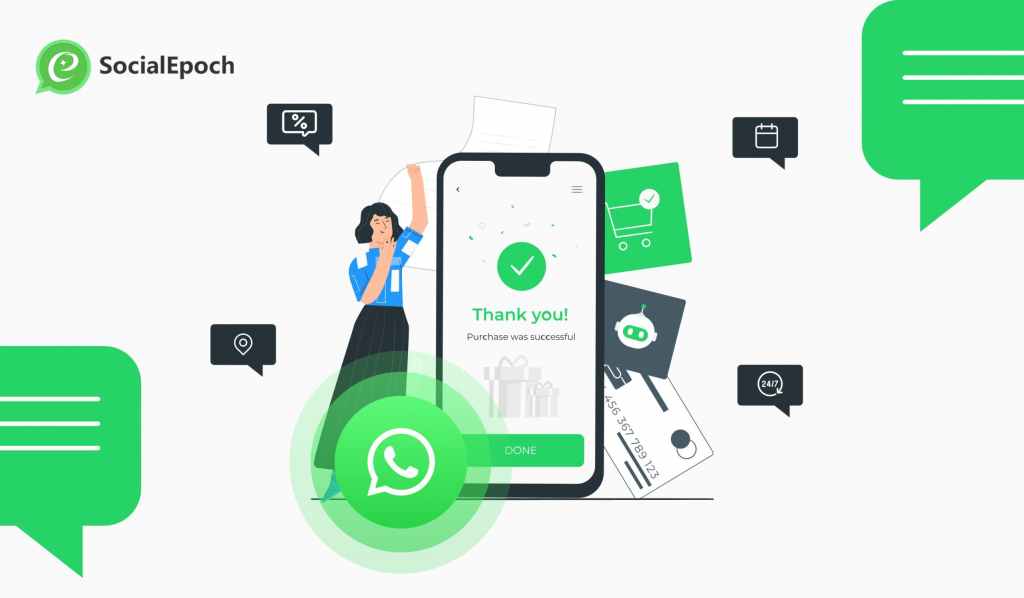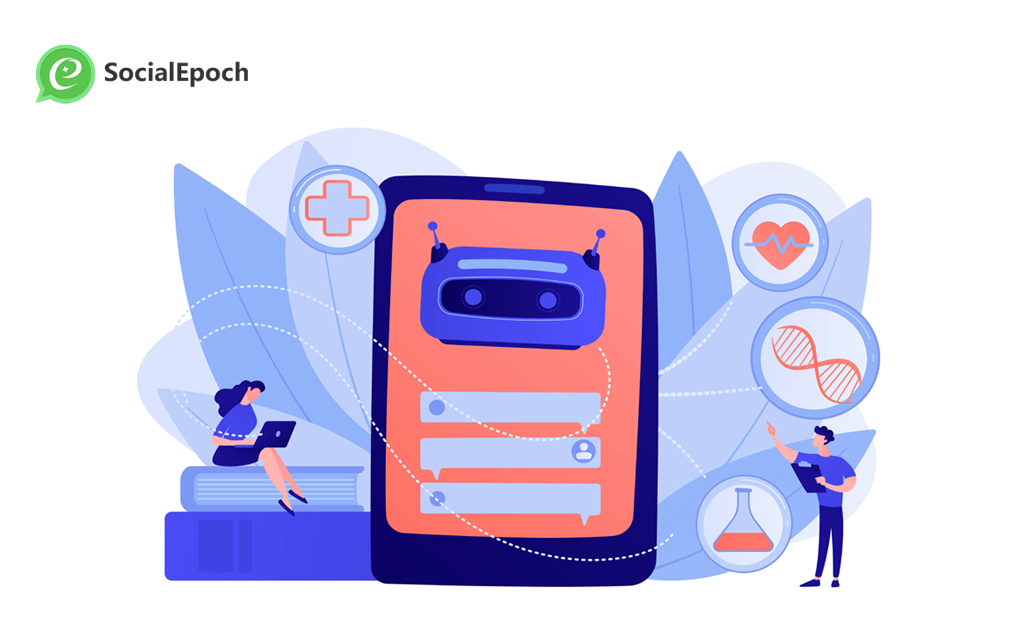Introduction
Over-the-top content is a term used to describe services such as Netflix, Hulu, and HBO GO. These video streaming services are delivered in an “over-the-top” manner, meaning they don’t require users to pay for traditional cable TV service. OTT platforms have gained popularity thanks to their ability to deliver popular television shows and movies without requiring users to pay for expensive cable packages or satellite dishes. While these platforms offer great value for consumers on one hand, they also face challenges scaling their customer support teams on the other hand.
“Over-the-top content”
OTT content is any type of media that can be delivered via a mobile or internet app. It’s not just for TV and movies. OTT content includes music, news, sports, games and more. For example:

- Video on-demand (VOD) services like Netflix and Hulu are OTT streaming services that deliver video programming to users by way of apps or web browsers.* Social media platforms that allow users to share photos, videos and other types of content with each other are also considered OTT because they’re accessed via apps.* Apps such as Facebook Messenger or WhatsApp Messenger serve as social networks where users can send messages to one another.* Online dating sites like Tinder would fall into this category as well since they allow people to meet each other online by connecting through computer screens rather than face-to-face meetings in public places like bars or clubs.* Social news sites such as Reddit are also considered over-the-top because they’re accessed through web browsers instead of television channels (i.e., cable/satellite) which require an antenna attached directly onto your TV set so it receives signals from stations broadcasting shows 24 hours per day without interruption unless there’s technical difficulties due
to weather conditions affecting signal strength beyond anyone’s control
OTT platforms struggle to deliver the same customer service experience as more traditional subscription services
OTT platforms are not as good at providing customer service as traditional subscription services.
Customer service is a key differentiator for subscription services. It’s something that customers look for, and it can make or break their experience on your platform.
OTT platforms have the ability to provide great customer service, but they do not – they offer canned responses and often refer users to other channels when questions arise. This makes sense if you think about how OTT platforms work: they have one big content library where all of your content lives (usually Netflix or Hulu), so why would they spend resources on building a separate support team?
Conversational AI offers an opportunity to scale great customer experiences
Chatbots are able to scale a great customer experience, but it’s not just about being able to scale. Chatbots can deliver the same great customer experience as a human agent. For example, if you’re using a chatbot to place an order on your favorite e-commerce site and you have questions about the product specifications or shipping methods, the chatbot will be able to provide answers that feel like they were written by a real person (and they probably were) because they were programmed by people who understand how humans talk to each other in this context.
Conversational AI can scale customer support teams by taking over repetitive, low value tasks

As content platforms grow, so do their customer service needs. There are common questions, complaints and requests that all platforms encounter. How can a business handle these issues with a limited staff?
Conversational AI provides the perfect solution for scaling customer support teams with minimal human intervention. A chatbot can be programmed to handle common questions like “what is your refund policy?” or “how much is shipping?” Similarly, they can also be programmed to handle common complaints such as “the item arrived damaged” or “the product was not delivered on time.” This allows businesses to provide exceptional service while freeing up their human employees to focus on more complex issues or improve other aspects of their business model.
Integrating chatbots with live agents allows customer support teams to redirect their focus to more complex or sensitive customer issues
Live chat agents are best suited to address customer inquiries that are relatively straightforward and don’t require a lot of follow-up. While these agents can help customers with their specific needs, they’re not always able to provide a more personal touch or help solve more complex issues.
A bot, on the other hand, is designed to handle all kinds of queries from customers and can be programmed to do so in a more conversational way. This allows it to engage with the customer on an equal footing while still providing the same level of support as live chat agents.
The ability for bots and live agents alike to seamlessly integrate into each other’s workflows means that customer support teams can redirect their focus away from basic questions and towards more complex or sensitive issues that need additional attention.
Chatbots are becoming increasingly important due to their ability to offer 24/7 support at a lower cost

Chatbots have become increasingly important due to their ability to offer 24/7 support at a lower cost than hiring more staff. They can be used to deliver customer service 24 hours a day, 7 days a week, 365 days a year—and they’re cheaper than hiring more staff. A chatbot can also deliver more complex customer support, such as making large purchases or managing accounts. Chatbots offer live chat in multiple languages and even provide visual instructions for first-time users who want help with installing an application or finding something specific in an app’s menu options.
Conclusion
We’ve shown that integrating chatbots into your customer support strategy can help you scale your team and offer better experiences for your customers. By leveraging technology, you can keep ahead of the curve and make sure your business stays competitive in this fast-paced industry.















